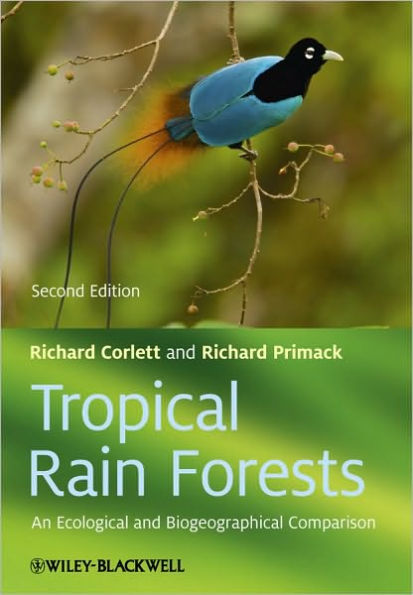Table of Contents
Preface to the first edition.
Preface to the second edition.
Acknowledgments.
1 Many Tropical Rain Forests.
What are tropical rain forests?
Where are the tropical rain forests?
Rain forest environments.
Rain forest histories.
Origins of the similarities and differences among rain forests.
Many rain forests.
Conclusions.
2 Plants: Building Blocks of the Rain Forest.
Plant distributions.
Rain forest structure.
How many plant species?
Widespread plant families.
Neotropical rain forests.
Asian rain forests.
Rain forests in New Guinea and Australia.
African rain forests.
Madagascan rain forests.
Conclusions and future research directions.
3 Primate Communities: A Key to Understanding Biogeography and Ecology.
What are primates?
Old World versus New World primates.
Primate diets.
Primate communities.
Primates as seed dispersal agents.
Conclusions and future research directions.
4 Carnivores and Plant-eaters.
Carnivores.
Herbivores of the forest floor.
Conclusions and future research directions.
5 Birds: Linkages in the Rain Forest Community.
Biogeography.
Little, brown, insect-eating birds.
Forest frugivores.
Fruit size and body size.
Flower visitors.
Ground-dwellers.
Woodpeckers.
Birds of prey.
Scavengers.
Night birds.
Migration.
Comparison of bird communities across continents.
Conclusions and future research directions.
6 Fruit Bats and Gliding Animals in the Forest Canopy.
Fruit- and nectar-feeding bats.
Flying behavior.
Foraging behavior.
Bats as pollinators and seed dispersal agents.
Gliding vertebrates.
Conclusions and future research directions.
7 Insects: Diverse, Abundant, and Ecologically Important.
Butterflies.
Ants.
Termites.
Bees.
Conclusions and future research directions.
8 Island Rain Forests.
Pacific islands.
Evolution on islands.
Indian Ocean islands.
Atlantic islands.
Caribbean islands.
Natural disasters.
Human impacts.
Conclusions and future research directions.
9 The Future of Tropical Rain Forests.
Different forests, different threats.
The major threats.
The forces behind the threats.
Global climate change.
Saving the many rain forests.
Conclusions and future research directions.
References.
Index.






